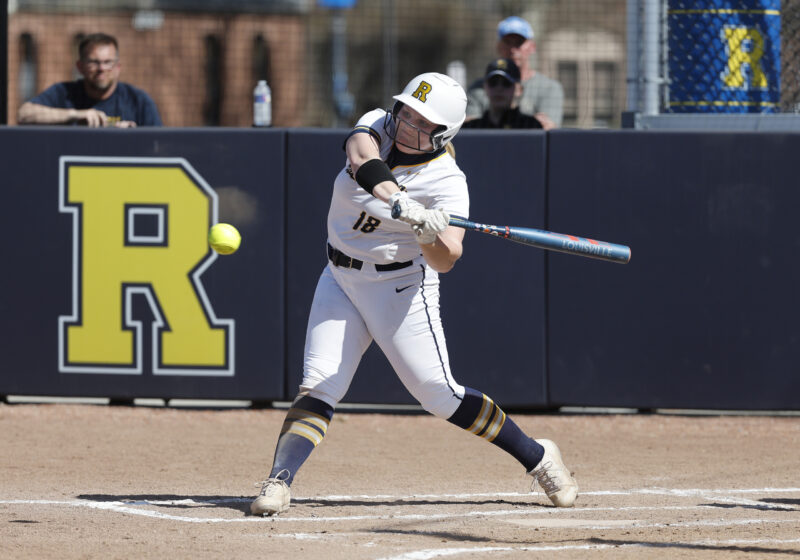A high-dosed bird flu vaccine, tested on several hundred participants from Rochester, Maryland and California, provides successful immune protection from the current N5H1 influenza virus, according to Director of Rochester’s Vaccine and Treatment Evaluation Unit and Professor of Medicine John Treanor, who led a recent study.
While several doses of the vaccine were administered, the highest dose of 90 micrograms produced an effective level of antibodies in the individuals tested. The vaccine research, funded by the National Institute of Allergy and Infectious Diseases, was based on the responses of 450 healthy adults, all of whom reported only minor arm pain after being injected.
Despite the successful response and proven harmlessness of the vaccine, Treanor mentioned several bittersweet aspects of the development, specifically because scientists are still unaware of how the virus could be altered by mutation
“Nothing has really been proven at this time,” Treanor said. “The theories [regarding possible mutation effects] are all generated in animal models, mostly mice, and the answers may turn out to be wrong when it comes to humans. Also, it would be almost impossible to produce a vaccine at ninety-micrograms for the US populations.”
The bug that we attempt to avoid each winter – the annual flu – carries the name H3N2, and although it is currently resistant to most antiviral drugs, the usual vaccine on the market contains 15-45 micrograms.
“This virus is obviously very different from normal influenza, which is very contagious,” Treanor said. “Right now, almost all of the H5N1 cases in people have been the result of close contact with sick birds.”
Although the scientific community maintains that the bird flu cannot currently pass from human to human, this biological property may be genetically determined and therefore, within several virus generations, mutations could cause this trait to develop. This frightening possibility motivates the current rush for vaccine research.
“What is not known is how many genetic changes, one mutation or twenty, would be required for this change to occur, and what mutations, exactly would be involved,” Treanor said. “Because we don’t have this information, it is difficult to predict the likelihood that such an altered virus will eventually emerge. It will be important to keep track of viruses strains by doing surveillance in bird populations to find the new viruses as they occur.”
In the past, the Spanish Flu killed millions in the early twentieth century when the H1N1 virus crossed from pigs to humans. Research regarding vaccines, and their effects on the population, tend to be extremely controversial possibly due to the swine flu scare of 1976 when a vaccine was discovered to be more harmful than the virus itself.
In order to bypass the difficulties of the mass production of the vaccine, a similar study taking part in Rochester focuses on using substances to increase the effectiveness and speed up, or aid the immune system response. Approximately 250 Rochester participants, grouped by age, will be involved in this study
“I view the possibility of a pandemic as a serious issue for public health planning, which needs to consider the worst case scenario. I actually do not think that a pandemic will occur,” Treanor said. “If you knew that there was only a 1 percent chance of rain today, you probably wouldn’t bother to take your umbrella. But if you also knew that in the unlikely event of rain, it was going to be a toxic rain that was fatal if it touched you, then not only would you take an umbrella, you’d probably wear your rain coat.”Welzer can be reached at bwelzer@campustimes.org.





